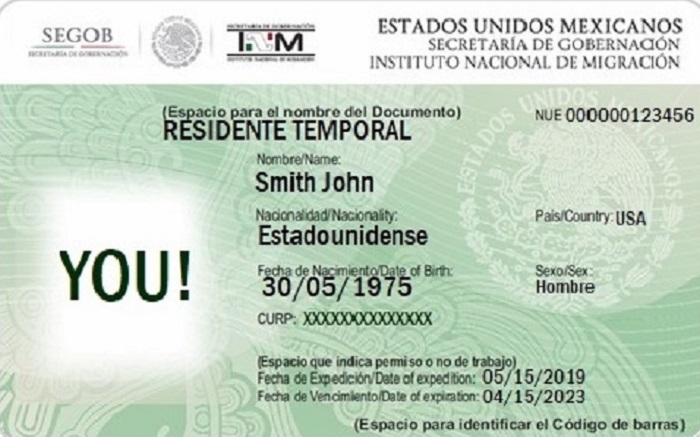Full-time employment is considered one factor in determining employee benefit and protection status. Many states have different definitions concerning what constitutes full-time employment. Knowing these definitions is considered important for both workers and employers. It has a crucial impact on overtime, healthcare insurance, and eligibility.
Full-time work is defined differently based on the context. It depends upon state laws, federal regulations, and employer policies. Let’s dig into what is considered full-time in California and why it matters.
The Standard Definition of Full-Time in California
According to California’s labor laws, full-time employees work 40 hours weekly. Many people are used to working these many hours per week. Section 515(c) of the California Labor Code refers to this regarding overtime and exemptions. If employees work over 40 hours in one week, they will get overtime unless they are exempt.
Another benchmark is 40 hours, but again, there are many definitions used to classify full-time employees, as in the federal laws, especially by employers.
Full-Time Work, Affordable Care Act, and Hours of Work
The Affordable Care Act defines full-time employment differently. A full-time employee is a person working 30 hours or more per week. The definition will be used to determine the health insurance needs of large employers. For instance, companies with 50 full-time employees must provide a health care plan under the Affordable Care Act.
The ACA 30-hour rule raises more coverage among employees and holds employers responsible for covering benefits. It also further draws an important distinction between state and federal definitions.
Employer policies and variation in full-time status
California employers can determine full-time employment based on the specific context of their operation. Some employers will identify their full-time workers by 32 hours of work per week, while others may set it just short of the standard 40 hours. Such determinations would impact health insurance, paid time off, and retirement plans.
For instance, a company can provide health coverage to all the employees if they have been working 30 hours a week, and the ACA calls for that, whereas another may insist on at least 35 hours. Therefore, knowledge of one’s employer policy is important for knowing the eligibility level.
Benefits Based on Full-Time Employment
Full-time employment status also determines the availability of other necessary benefits. One example is health insurance. Many employers offer full-time employees very good health plans. Retirement plans, paid vacation, and sick leave are also common.
Employees classified as part-time might not qualify for similar benefits. A worker with a job working 25 hours per week may not be entitled to health care, among others. An idea of the specific requirements enables an employee to plot their career and finances well.
Overtime and Full-Time Work in California
Overtime laws in California will define full-time work. Non-exempt employees working over 40 hours a week earn 1.5 times their regular pay, while those working over 12 hours a day earn double pay for additional hours.
California has some of the strictest overtime rules in the United States. These protect workers from fair compensation for excess hours of work. Keeping track of employee hours becomes a high priority for compliance with this regulation.
Exempt vs. Non-Exempt Employee and Full-Time Status
Overtime pay is not allowed to exempt employees, irrespective of the hours worked. The classification is according to certain criteria, like the nature of work and salary scales, and such exempt positions normally consist of managerial positions, administrative positions, and some professional types of jobs.
Non-exempt employees, however, should be compensated with overtime if they have worked more than 40 hours a week. It also determines their rights and protections under labor laws, including full-time status. Employees should know their status so that they are treated fairly.
Read also: Bajan Billionaire Assault: The Scandal Shaking Barbados
Impact of Full-Time Status on Health Insurance
Full-time status under the ACA affects employer obligations regarding health insurance. Businesses with 50 or more full-time employees must offer affordable health plans. This rule applies to workers clocking 30 hours or more weekly.
Employers face penalties for failing to meet this requirement. For employees, this means full-time classification often guarantees access to health coverage. This provision underscores the importance of defining full-time work accurately.
Part-Time vs. Full-Time: Key Differences
Part-time workers usually work less than 30 hours a week. Their jobs usually do not come with the benefits that full-time workers experience. However, part-time jobs are more flexible for students or those juggling multiple responsibilities.
Full-time employees usually have more job security and benefits. In most organizations, they get paid for leave, retirement, or health insurance. The only drawback is a rigid working schedule and possibly longer working hours.
Legal Protections for Full-Time Employees
California provides several protections to full-time workers. These include overtime payment, meal breaks, and rest periods. In such violations, workers can be allowed to file complaints with the California Division of Labor Standards Enforcement.
Health insurance mandates form another layer of protection added by the ACA. Both state and federal laws protect the workers in California. Additionally, it ensures equal treatment and availability of essential resources.
Industries and Full-Time Definitions
In California, full-time could be defined differently in various industries. For example, healthcare facilities normally schedule workers to work 12-hour shifts. Such a structure would classify employees working three shifts a week as full-time.
The retail and hospitality sectors may have elastic definitions based on seasonal demand. However, these differences highlight the necessity of understanding the standards applied to certain industries. Staff are encouraged to look up their contract and policy for greater clarity.
Problems with Defining Full-Time Employment
Defining full-time employment is challenging for both employers and employees. Differences in state laws, federal guidelines, and company policies contribute to confusion. Misclassification of workers can be a cause for dispute or legal action.
Employers should be informed of labor laws to avoid the accumulation of fines. Moreover, employees have to read their contracts completely. Good communication between these two parties reduces the possibility of misunderstandings.
California Future of Full-Time Work
The concept of full-time work is changing. Telecommuting, flexible schedules, and gig economy jobs change the face of full-time work. However, employers’ policies have also been updated to keep up with these changes.
California is still the leader in labor rights. Future legislation may continue to change the definition of full-time employment. Workers and employers must keep up with changing times.
Conclusion
Full-time employment in California is defined differently according to the laws and policies. According to the state labor code, it is 40 hours a week. However, according to the ACA, it is 30 hours. Most employers have their own definition of hours, which affects the employees’ benefit eligibility.
Knowing what full-time in California is helps an employee strategize her career and gain the benefits she rightly deserves. For employers, it provides comfort knowing that the guidelines are straightforward and ensure adherence to the state and federal requirements.
“Full time in California,” a term whose definition evolves with time. Moreover, being on the lookout provides just treatment and an understanding within the workplace. Both employee and employer benefit from having mutual knowledge of the classification.




